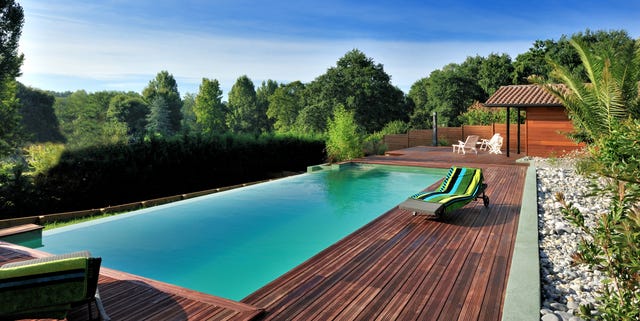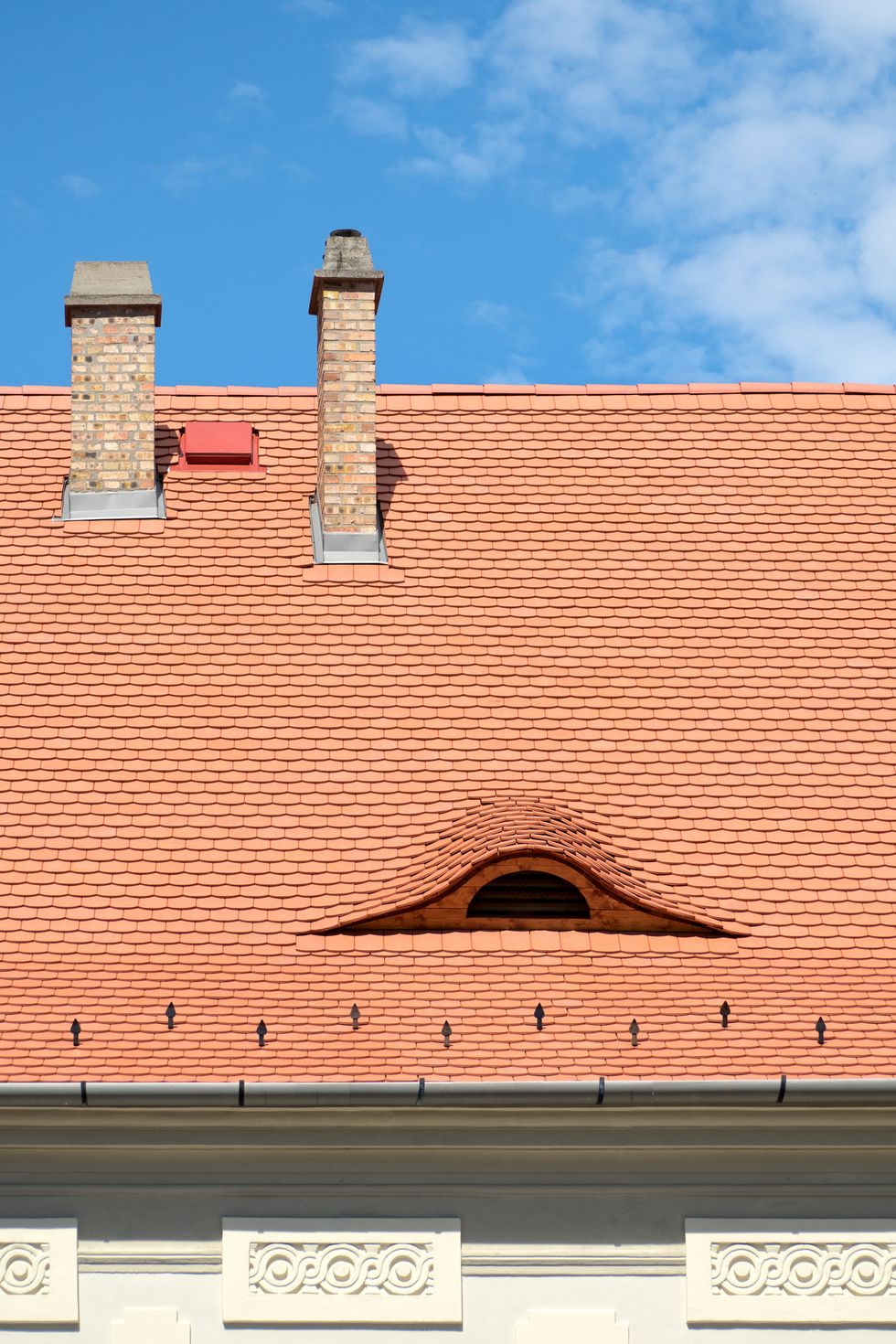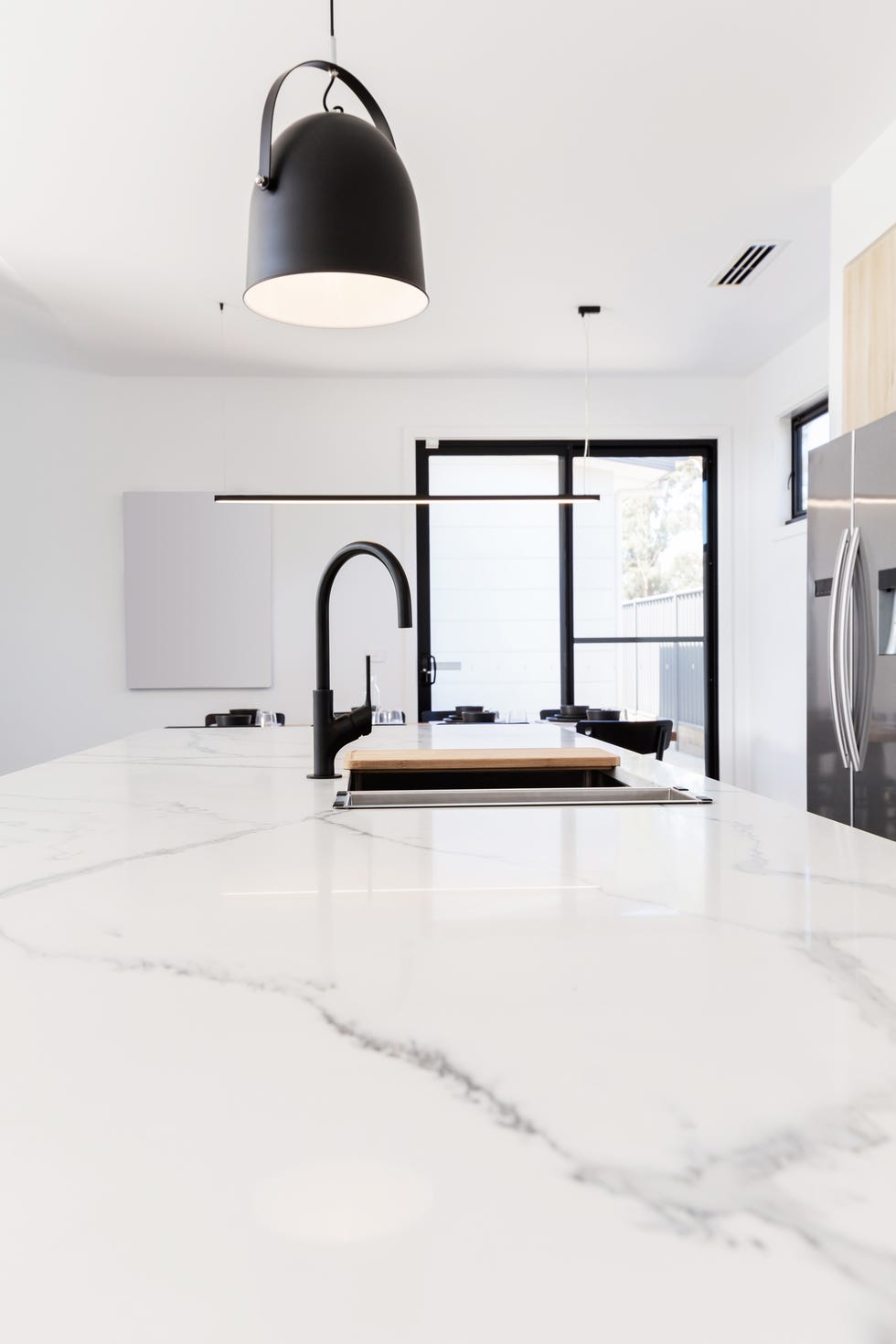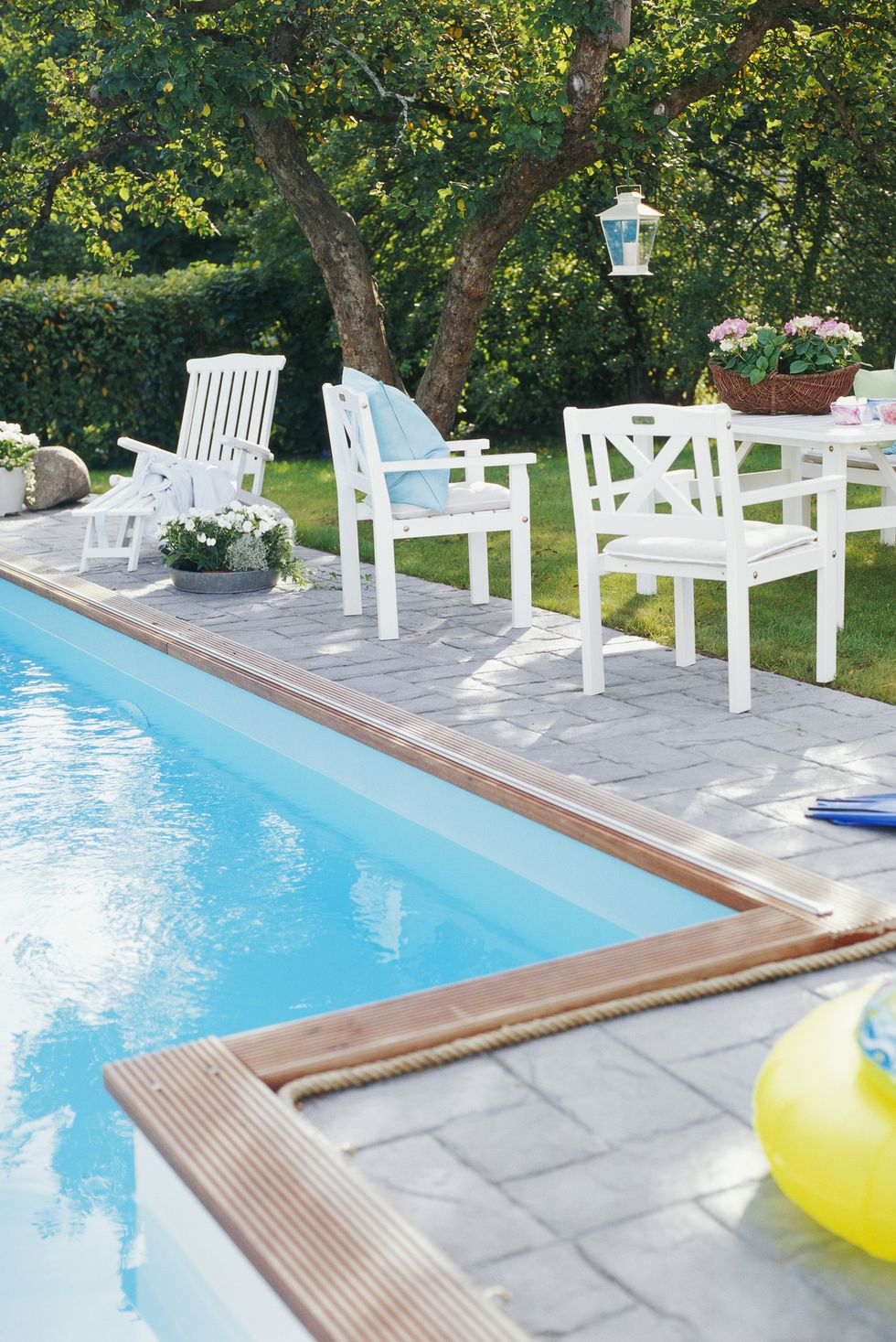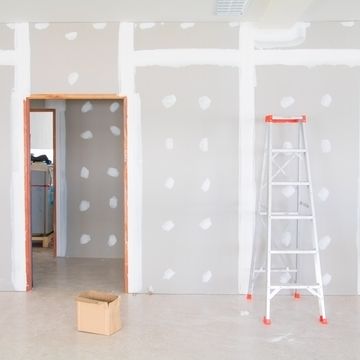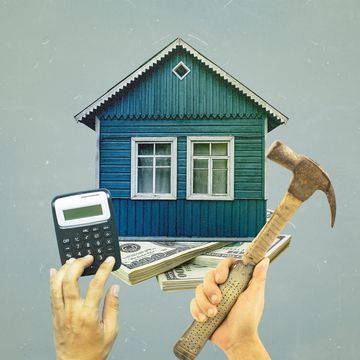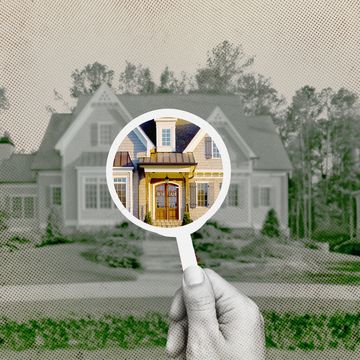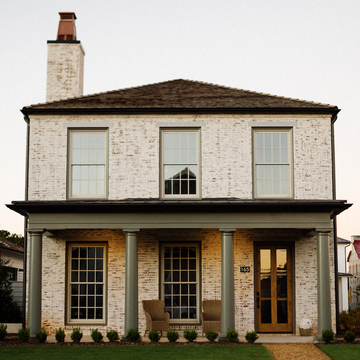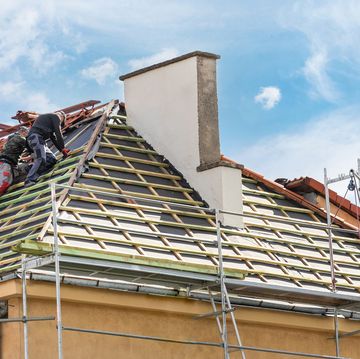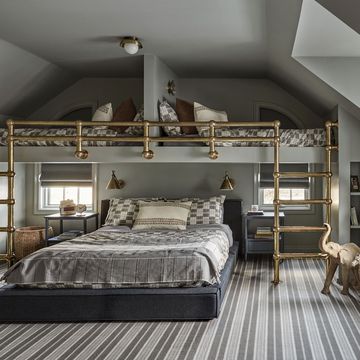The 3 Worst Home-Improvement Decisions You Can Make
If you’re trying to increase the value of your home, here’s what not to do.
One of the joys of becoming a homeowner after years of renting is finally being able to decide when and how you spend money to make changes and improvements to your house. Want to paint your ceiling blue? You can. Feel like installing shiplap on the walls? Knock yourself out. With all that freedom, though, comes responsibility. Whether you have an idea of when you’ll be selling your house or not, it’s always smart to think about how potential buyers would view any changes you make to your home, and whether those changes will add value to the property.
There are some home renovation projects that not only have wide appeal but also almost always prove themselves to be a worthy investment when it comes time to sell (refinishing or installing hardwood floors, for one), but unfortunately, there are others that don’t. And you don’t want to find yourself on the wrong side of a $20,000 renovation project that a Realtor is telling you doesn’t justify any increase to the list price of your home. We consulted the pros to get the truth about which home improvement projects are simply not worth your time—or money. These are three of the worst.

Maggie writes about interiors, real estate, and architecture for House Beautiful. She's always had a thing for old houses, and shares her latest crushes @HouseLusting.

Eco-Friendly Houses That Make Green Look Good
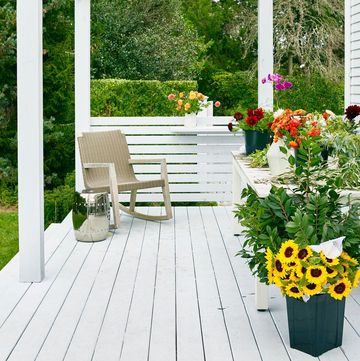
The Best Wood Fences for Curb Appeal and Privacy
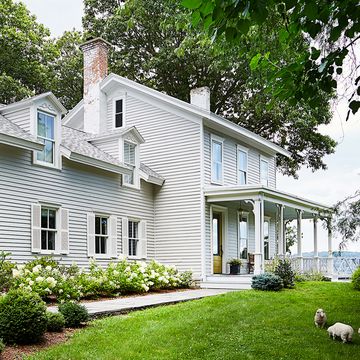
The Ultimate Guide to House Siding
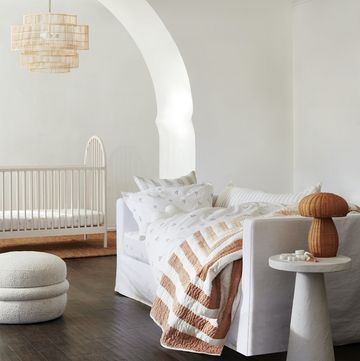
What Is Microcement?
